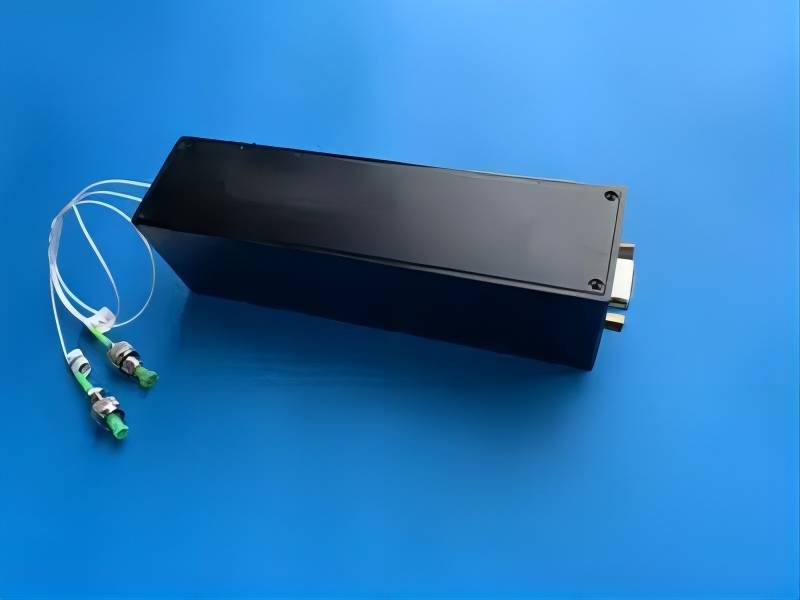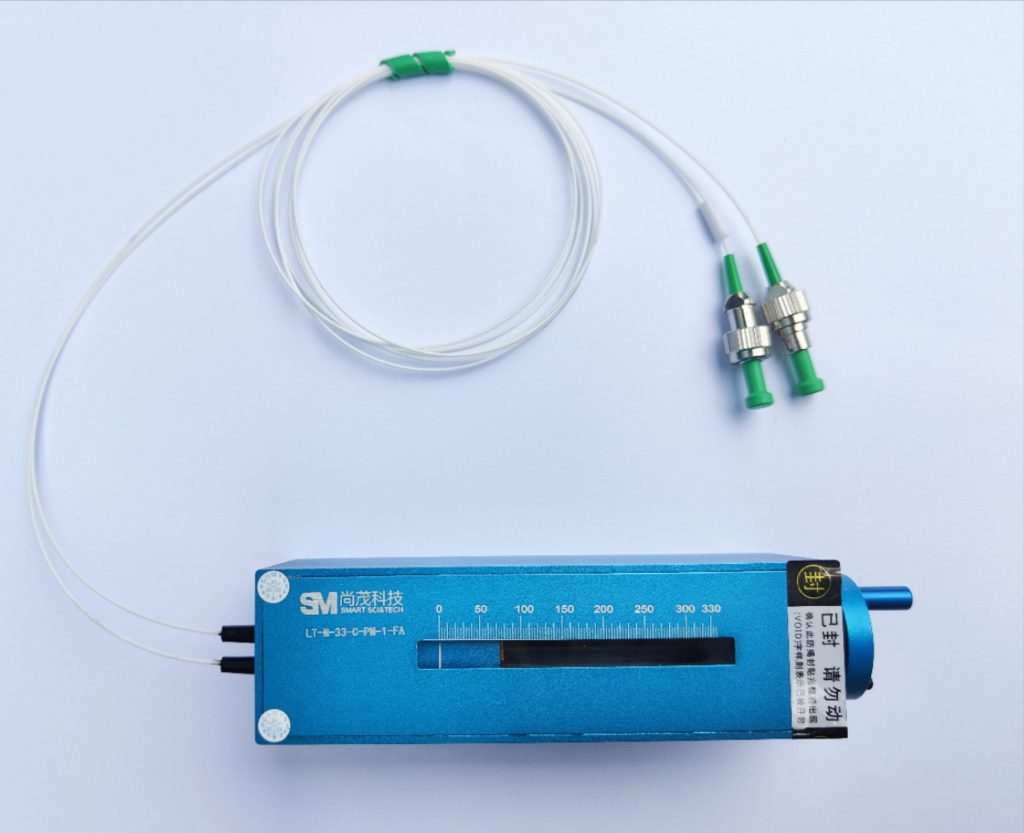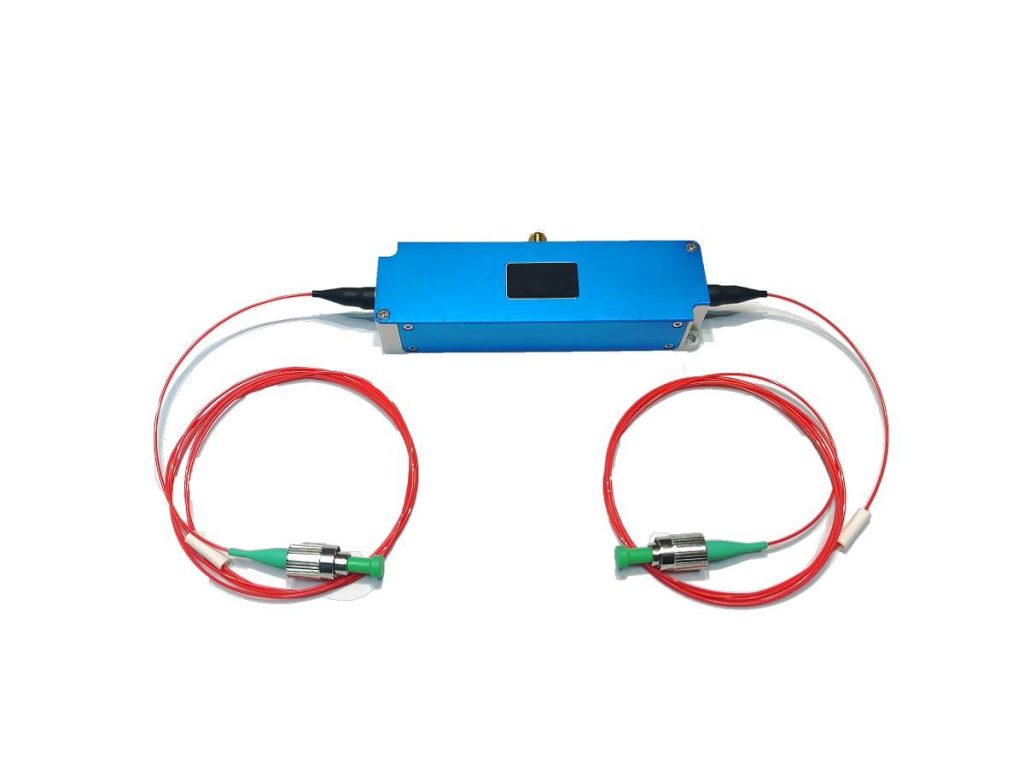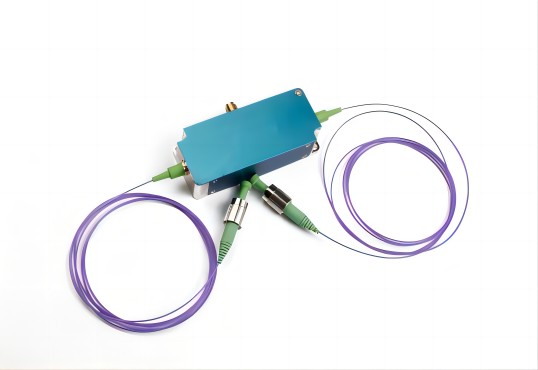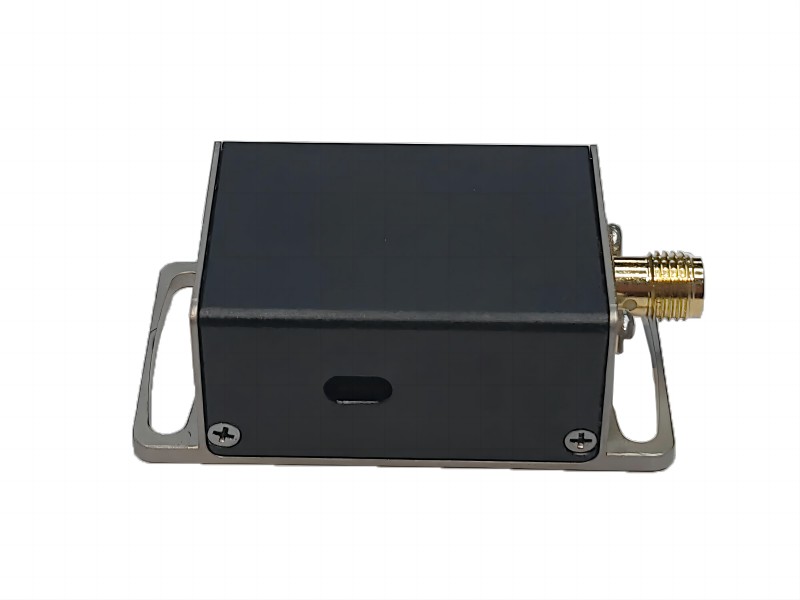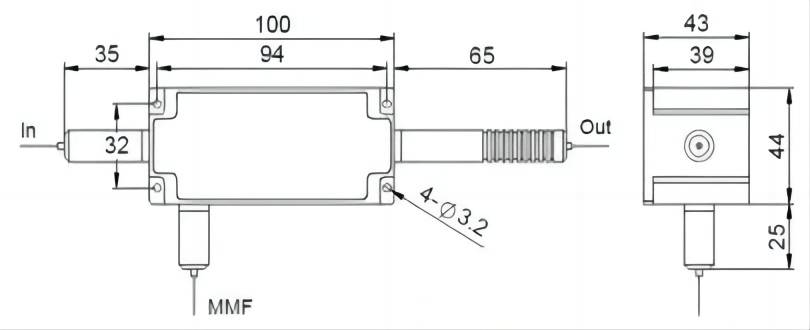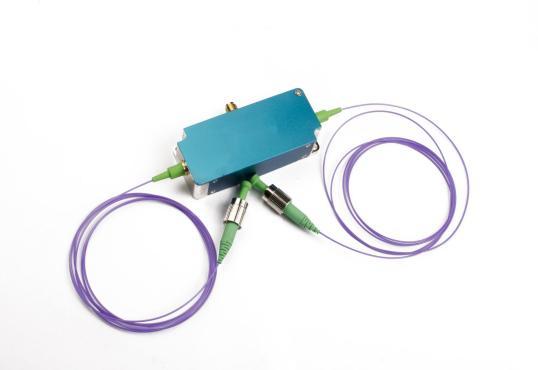How Manual Adjustable Optical Delay Lines Improve Precision in Fiber Optic Testing
Fiber optic networks require precise signal synchronization and accurate testing to maintain peak performance. One indispensable tool that enhances testing accuracy is the manual adjustable optical delay line, which allows engineers to fine-tune signal delays for more accurate measurements when testing fiber optic networks.
What is a Manual Adjustable Optical Delay Line?
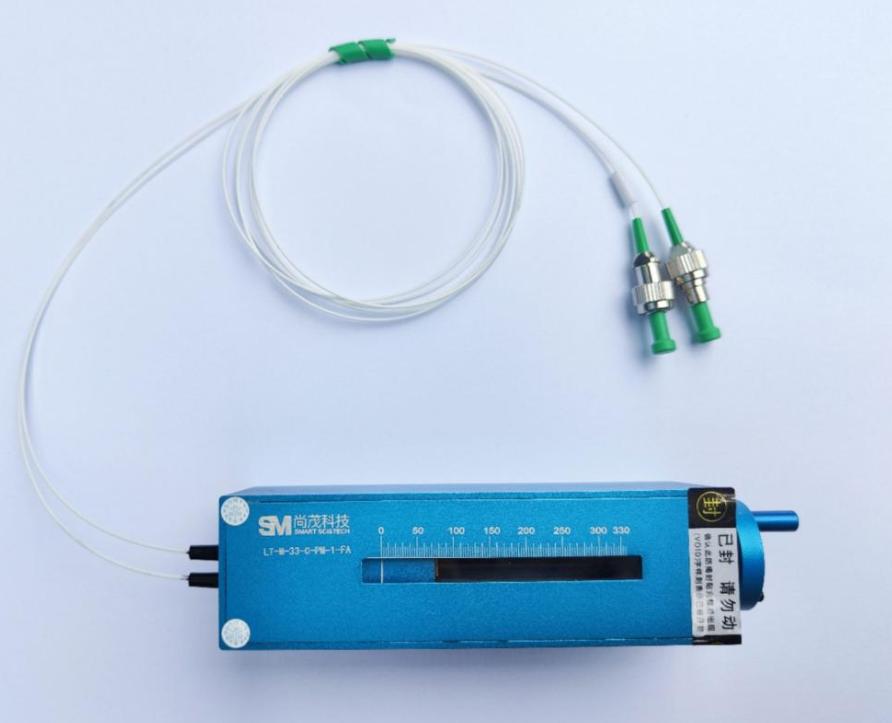
Manual adjustable optical delay Lines are precision instruments used to precisely control and fine-tune the timing of optical signals in fiber optic systems. By physically changing path length, they introduce user-adjustable delays into optical signal paths – an essential feature when dealing with applications that require precise synchronization or calibration of light pulses for fiber optic testing and communication systems.
A manually adjustable delay line consists of a collimator and movable mirror system (or adjustable fiber coils), which enables precise micrometer-level adjustments of optical path length. In contrast to fixed delay lines, manually adjustable versions offer hands-on control that enables real-time signal alignment for optimal signal alignment.
Core advantages include:
- Attractive features include high-resolution delay adjustment for precise signal synchronization.
- Low insertion loss to maintain signal integrity;
- Broad wavelength compatibility (1260-1650nm);
- Simple and reliable mechanical design without complex electronics.
- These features make manual adjustable optical delay lines essential tools in optical testing, telecom, and research applications where precise timing control is crucial. Their flexibility and cost-efficiency provide significant advantages over fixed or automated delay solutions in many testing situations.
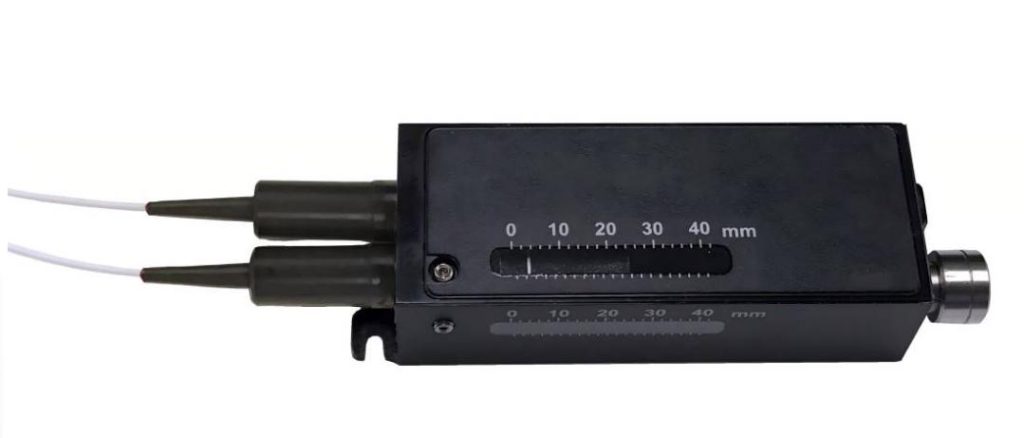
Benefits of Using Manual Adjustable Optical Delay Lines
Manual adjustable optical delay lines have several significant advantages that make them indispensable in fiber optic calibration and testing. The key advantages are mentioned below:
- Accuracy Control – In contrast to fixed delay lines, manual adjustable delay lines allow engineers to achieve exact signal delay adjustments at a micrometer scale. This is crucial for application in OTDR testing and interferometry, where small timing discrepancies can lead to measurement errors.
- Cost-Effective Flexibility – Delay lines typically are filled with complex electronics, which increases expense. Manual delay lines have the same precision but at a reduced price, and they work well in labs and field tests where expenses are constrained.
- Real-Time Adjustments – Researchers can make changes in real time while running tests without needing to reconfigure entire setups. This is highly beneficial in R&D environments where test parameters frequently shift.
- Low Insertion Loss – High-quality optical components ensure minimal signal loss, and data integrity for high-speed communication systems.
- Durability & Reliability – Because there are no moving electronic parts, manual delay lines cannot fail easily, with long-term stability under harsh testing conditions.
- Broad Compatibility – They support an array of fiber types (single-mode, multi-mode) and wavelengths, with wide-ranging applications for various optical testing environments.
By combining precision, cost savings, and adaptability, Manual Adjustable Optical Delay Lines enhance the effectiveness of fiber optic calibration and test procedures.
Applications of in Adjustable Optical Delay Line Fiber Optic Testing
Adjustable optical delay lines are also at the heart of a broad variety of fiber optic test applications, with signal timing under precise control. In use for time‐domain reflectometry (TDR), a fiber optic delay line is utilized to introduce known delays into the test pulse, enabling exact fault location of faults such as breaks, bends, or splices. Gradually varying the delay, technicians can plot reflected signals against distinct positions on the fiber, greatly improving fault‐finding resolution.
In optical coherence tomography (OCT) and optical low‐coherence reflectometry (OLCR) systems, an adjustable optical delay line is essential for scanning the reference arm length. The use of a tunable delay allows for the path lengths between sample and reference arms to be precisely matched in order to produce high-resolution depth profiles of the fiber or near media. The high resolution of the manual adjustable optical delay line guarantees minimum measurement error in depth, leading to sharper images and precise measurements of layer thickness.
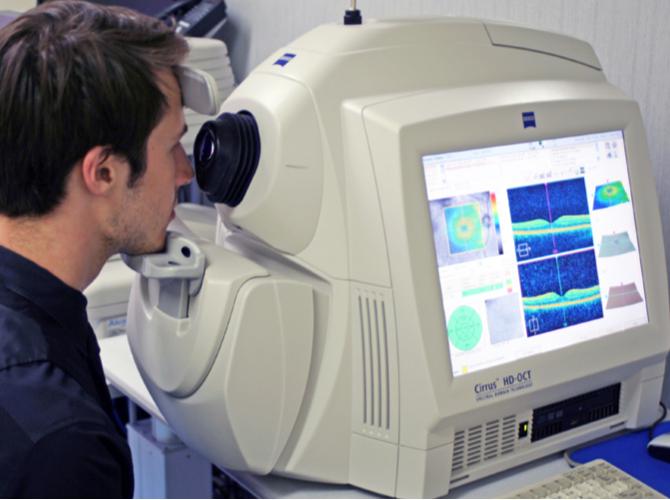
For pulse synchronization and latency testing, a manual tunable optical delay line provides a simple method of aligning multiple optical channels. When testing high-speed communications, designers typically need to synchronize pulses on transmitters and receivers or capture channel-to-channel skew. By manually tuning the delay, they can detect timing jitter, measure dispersion effects, and perform the testing of dispersion compensation modules.
Laboratories utilize adjustable delay lines in time-of-flight calibration and verification as well. Calibration of ultrafast photodetectors or verification of high-accuracy clocks for use in optical networks, for instance, consists of introducing a known delay via a fiber optic delay line so that accurate comparisons can be drawn against reference standards.
Finally, in research and development applications, the tools facilitate experiments in nonlinear optics, quantum communications, and sensor development through the ability to cause controlled temporal overlapping of pulses. The adjustable optical delay line’s accuracy and versatility make it an essential tool in both industrial and academic applications of fiber testing.
How Manual Adjustable Optical Delay Lines Improve Testing Accuracy
Manual adjustable optical delay lines play an important role in improving the precision of fiber-optic tests by offering a way to have manual adjustment of signal timing. Unlike a fixed-path configuration, a manually adjustable optical delay line enables technicians to adjust precise delay increments through the use of a dial, and the arrival time of each pulse is known and consistent. This accuracy is critical when explaining ultrafast processes such as dispersion, where picosecond—or even femtosecond—accuracy can be the difference between clean-cut data and befuddling results.
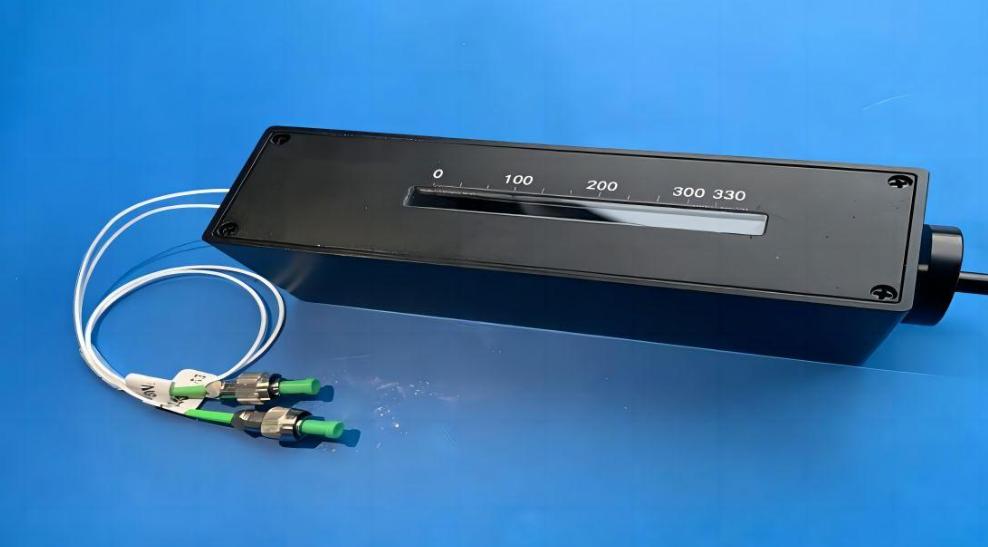
By applying a fiber optic delay line with vernier-type adjustment, engineers are able to step through values of delay in a systematic fashion and plot the response of systems. This sequential method brings out weak artifacts—such as modal dispersion or polarization effects—that are otherwise obscured by timing jitter. With each turn of the adjustment knob, the test bench can isolate and measure these effects, leading to more reliable component specifications and more efficient network designs.
Furthermore, when measuring correlations (e.g., cross-correlation of two optical pulses), stability in the baseline delay is paramount. A well-performing optical delay line ensures that when an optimal delay is established, it is fixed no matter what environmental variations occur such as temperature drift or vibration. This stability reduces noise in measurements and increases repeatability over prolonged testing periods.
Overall, the haptic, precise nature of manual delay tuning not only makes hidden signal behaviors visible but also enhances the reproducibility and reliability of fiber-optic test measurements.
Need to Choose Suitable Optical Delay Lines?
Picking the best optical delay line is just as important for testing fiber optics as it is for getting an accurate and repeatable result. With a focus on manual adjustable optical delay lines, various criteria come to mind which will be discussed below.
- First, the temporal range needs to be evaluated as it should fit within the parameters that your application demands.
- Secondly, if you are working with high-speed optical signals or time-critical tests, consider resolution granularity carefully – test intervals between two measurements and gauge details for adjustment mechanisms.
- Yet another very important element is insertion loss, and in this case, an optical delay line of good quality will have very low loss figures.
- Additionally, types of fibers and connectors used, as well as environmental conditions like vibration or temperature rigidity, are critical to ensure dependable results in actual testing conditions.
For applications that demand repeatable and fine-tuned control, a manually adjustable optical delay line offers the ideal balance of simplicity, precision, and cost-efficiency.
Finally, optical delay lines , particularly the manually adjustable types, are crucial for enhancing precision and versatility in testing fiber optics. For accurate solutions, they trust SMART as a manufacturer of optical delay lines. Because of their focus on precision engineering and performance reliability, SMART SCI&TECH offers an extensive range of delay line products to cater to both research and industrial testing requirements.

